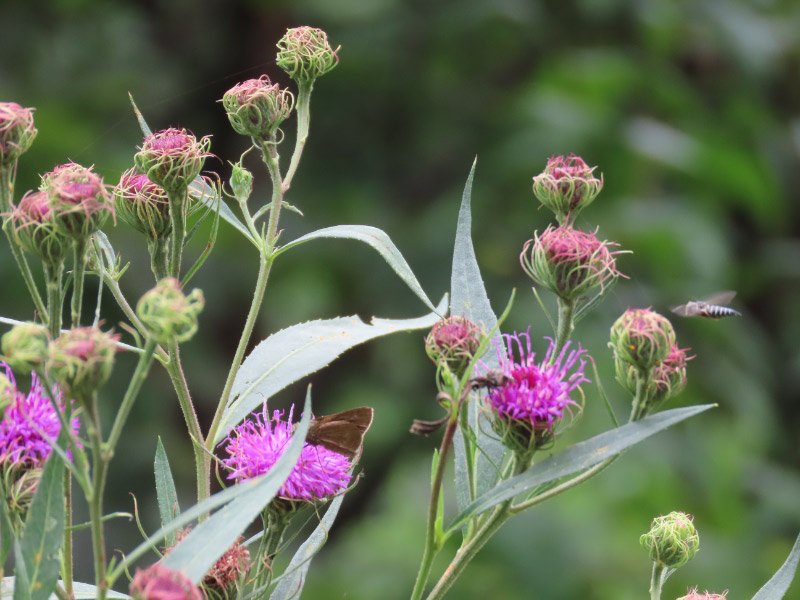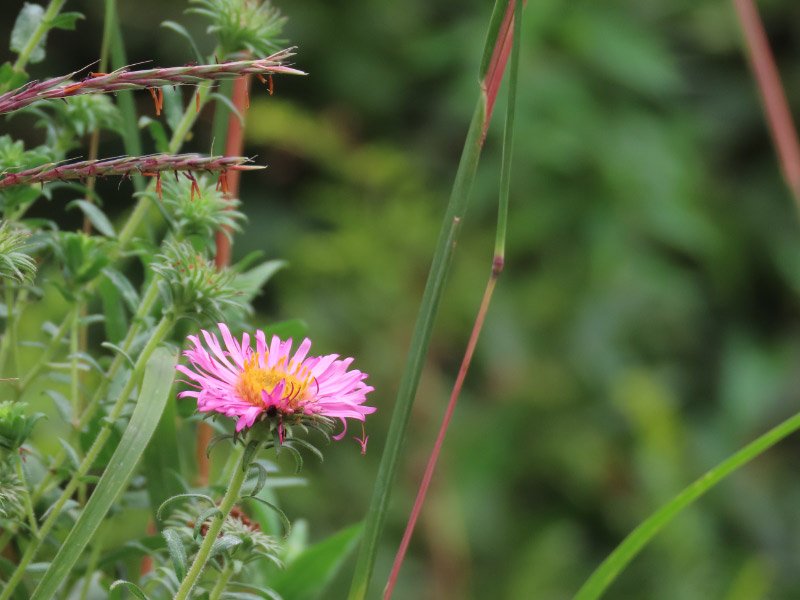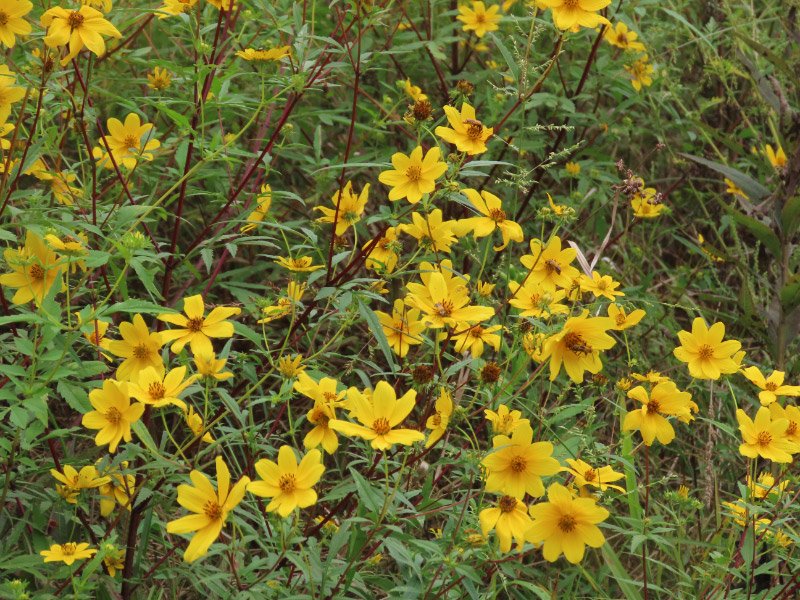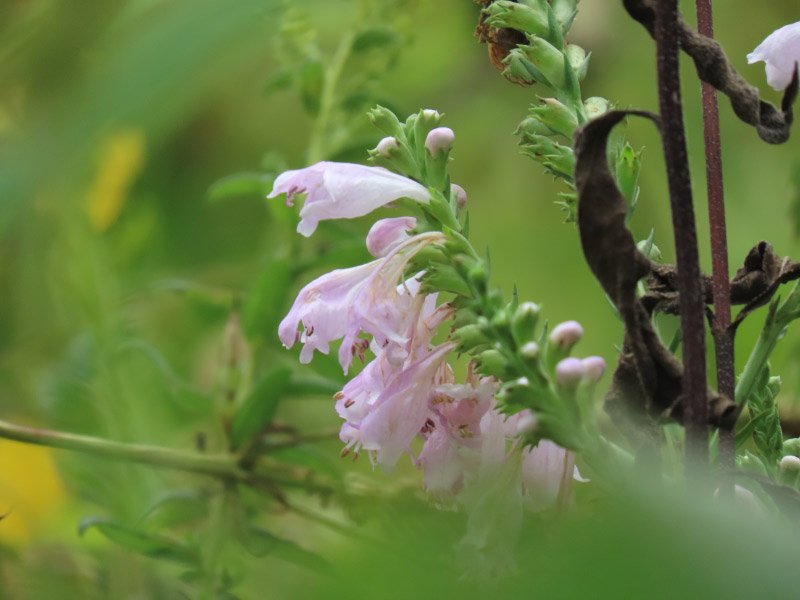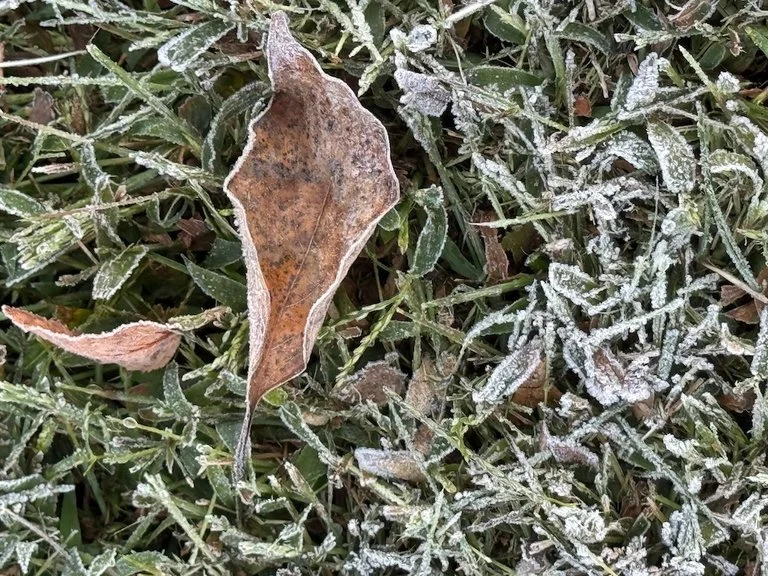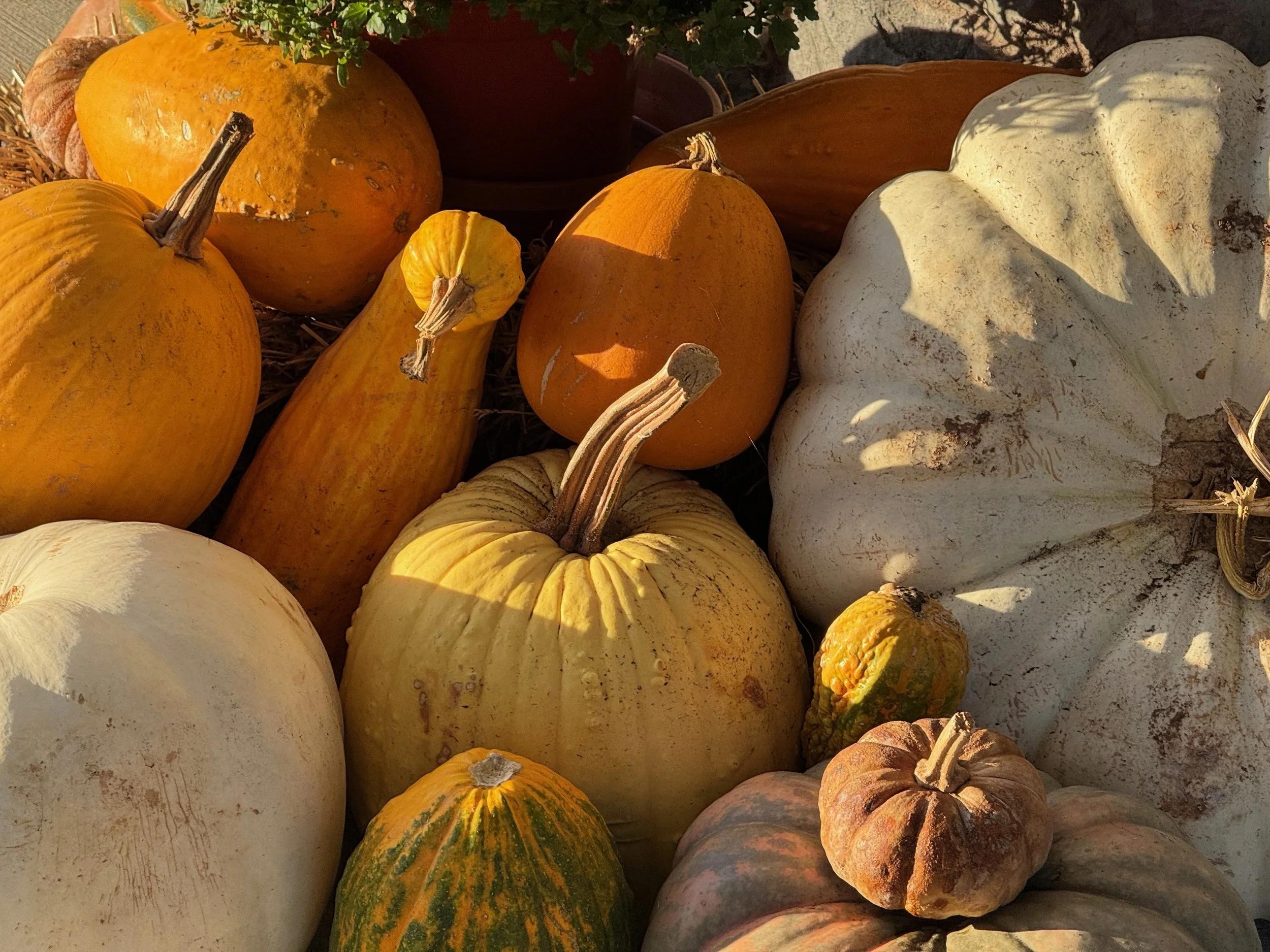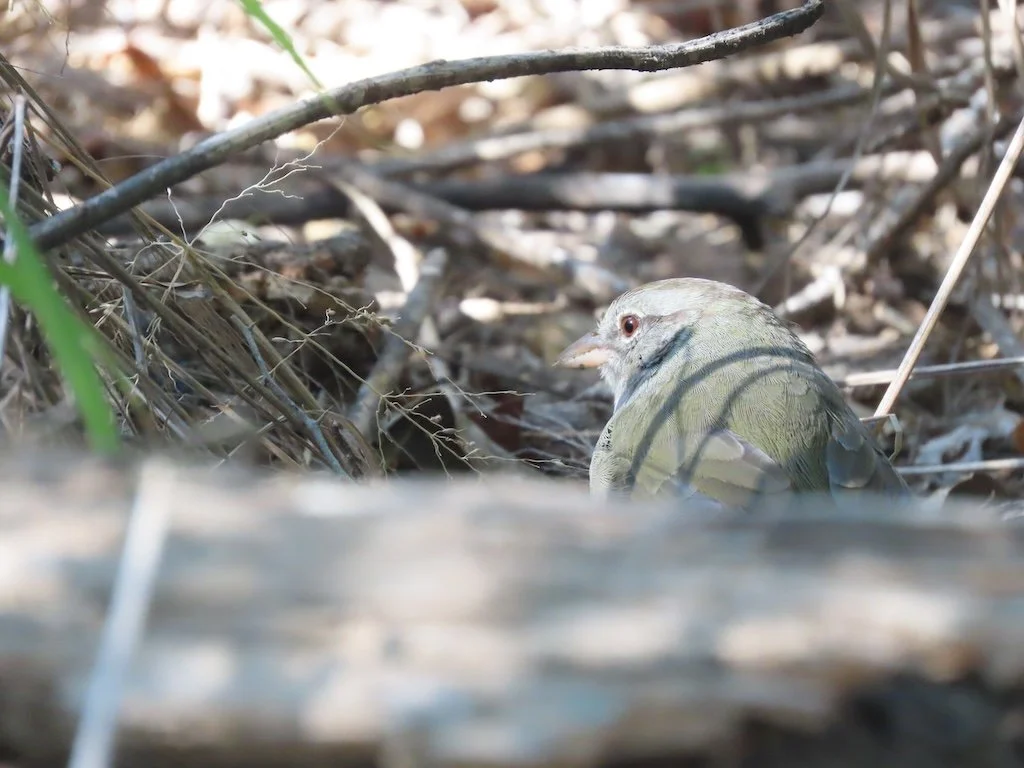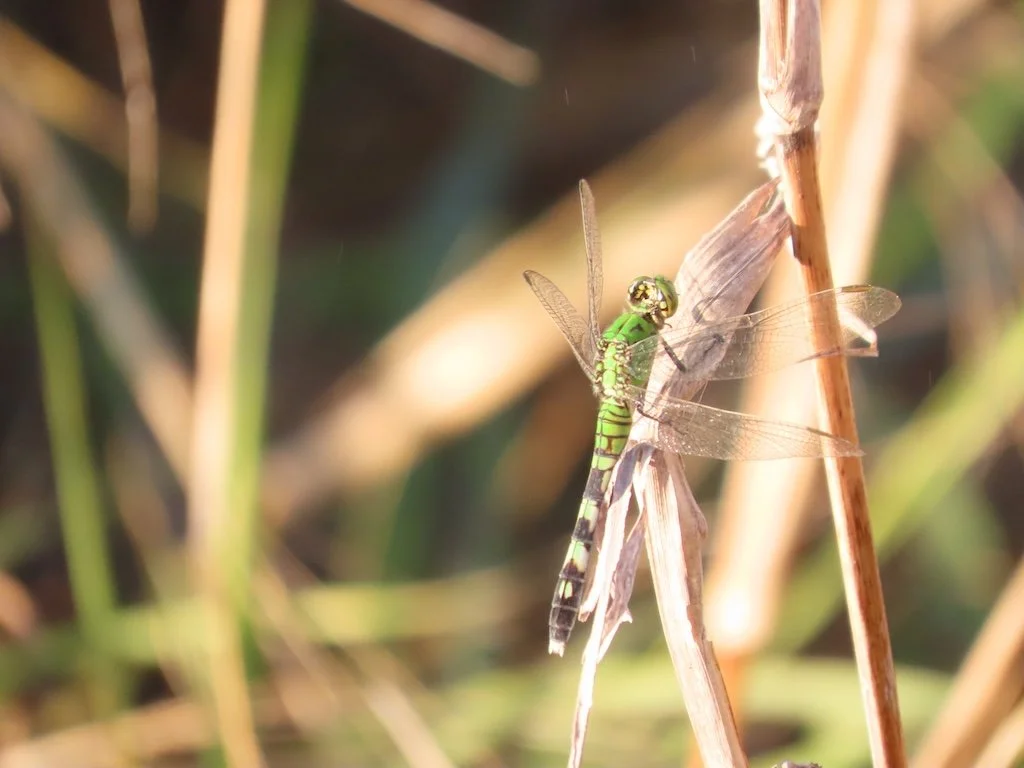Zooming – November 2024
/The zooming images for November are mostly a celebration of fall in our area of Missouri. There are a few animals in the group that could have happened at other times – a robin bathing in a stream, a grackle at our feeder, and a small red-eared slider in our neighborhood pond.
Can you find the poison ivy seeds (hint…they are white), the glorious fall Virginia creeper, a chestnut husk, 4 kinds of oak, and a maple?
I enjoyed searching out little bits of nature to photograph…fill frame…using my camera to ‘see’ better than I do with just my eyes. My camera’s optics are the great enabler!




















































































